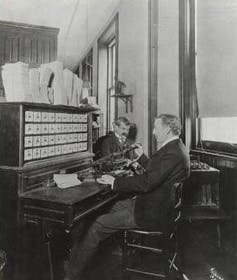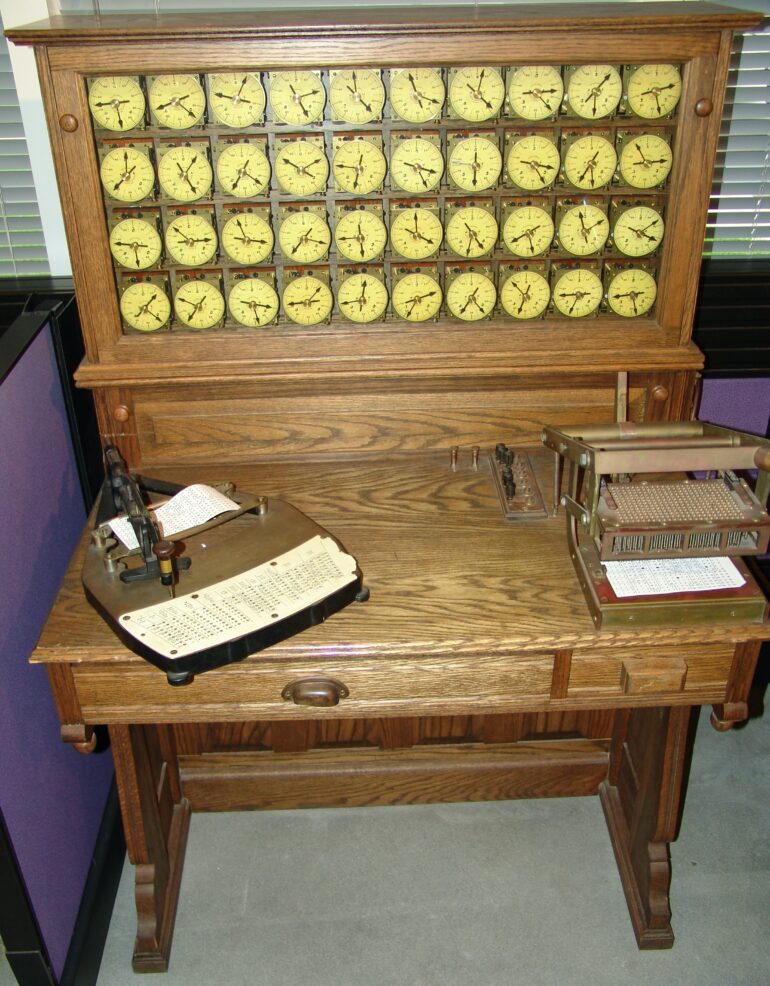The U.S. Constitution requires that a population count be conducted at the beginning of every decade.
This census has always been charged with political significance, and continues to be. That’s clear from the controversies in the run-up to the 2020 census.
But it’s less widely known how important the census has been in developing the U.S. computer industry, a story that I tell in my book, “Republic of Numbers: Unexpected Stories of Mathematical Americans through History.” That history includes the founding of the first automated data processing company, the Tabulating Machine Company, 125 years ago on December 3, 1896.
Population growth
The only use of the census clearly specified in the Constitution is to allocate seats in the House of Representatives. More populous states get more seats.
A minimalist interpretation of the census mission would require reporting only the overall population of each state. But the census has never confined itself to this.
A complicating factor emerged right at the beginning, with the Constitution’s distinction between “free persons” and “three-fifths of all other persons.” This was the Founding Fathers’ infamous mealy-mouthed compromise between those states with a large number of enslaved persons and those states where relatively few lived.
The first census, in 1790, also made nonconstitutionally mandated distinctions by age and sex. In subsequent decades, many other personal attributes were probed as well: occupational status, marital status, educational status, place of birth and so on.
As the country grew, each census required greater effort than the last, not merely to collect the data but also to compile it into usable form. The processing of the 1880 census was not completed until 1888.
It had become a mind-numbingly boring, error-prone, clerical exercise of a magnitude rarely seen.
Since the population was evidently continuing to grow at a rapid pace, those with sufficient imagination could foresee that processing the 1890 census would be gruesome indeed without some change in procedure.
A new invention
John Shaw Billings, a physician assigned to assist the Census Office with compiling health statistics, had closely observed the immense tabulation efforts required to deal with the raw data of 1880. He expressed his concerns to a young mechanical engineer assisting with the census, Herman Hollerith, a recent graduate of the Columbia School of Mines.
On Sept. 23, 1884, the U.S. Patent Office recorded a submission from the 24-year-old Hollerith, titled “Art of Compiling Statistics.”

The Hollerith electric tabulating machine in use in 1902.
United States Census Bureau
By progressively improving the ideas of this initial submission, Hollerith would decisively win an 1889 competition to improve the processing of the 1890 census.
The technological solutions devised by Hollerith involved a suite of mechanical and…


